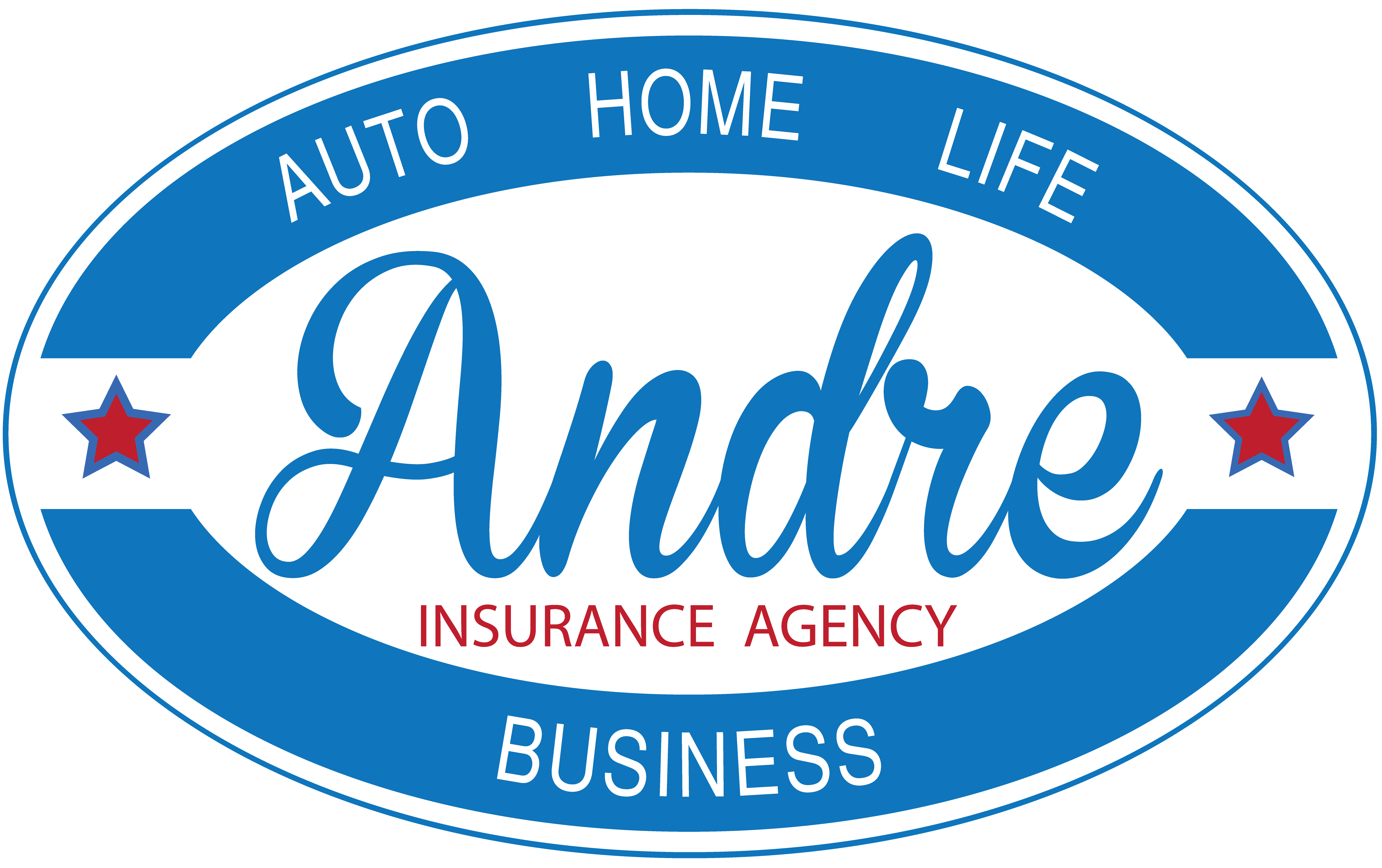Living on a golf course has obvious appeal to anyone who enjoys teeing up on a regular basis. In addition to having your next round of golf right outside your door, living on a golf course often affords you a view of a sprawling green vista. Many golf communities also feature newer homes and offer extra amenities such as spas, planned activities and more.
Yet for all their upsides, there are aspects of living on a golf course that might give you pause. They include:
- Stray golf balls. The possibility of an airborne golf ball landing on you, your car or your home is a definite possibility when you’re living on a golf course. If you’re especially concerned about this, search for a home further away from the fairways. Also make sure you have the right insurance in place. Your homeowners insurance typically covers damage to your home while the comprehensive coverage in your auto policy typically covers damage to your car. Just be aware that comprehensive coverage is optional, so talk to your Erie Insurance Agent to make sure you have the right protection.
- Noise from golf carts: You’ll want to check where the path for golf carts runs. If you’re close to a path, you’ll likely be subject to the noise of carts and people zipping by for a good part of each day.
- Noise from the golf course: Things can get noisy if you’re very close to the course. This is especially true if your house borders a tee box. Another thing to consider is noise from groundkeepers. Courses are typically mowed very early in the morning. If your master bedroom faces out to the course, it’s likely your sleep could be interrupted by noise and headlights.
- Pesticide runoff. Many golf courses receive a regular dousing of pesticides. Their runoff is dangerous for people and pets. Check in with each course you visit to see if they use organic options and/or have pesticide-free zones.
- Deed restrictions: It’s common for golf communities to be regulated by a homeowners’ association. While the association will ensure neighbors keep their properties looking nice, the restrictions can limit the number of home improvement projects you can do. Some associations also stipulate landscaping and maintenance requirements. Always make sure to find out if your community has a homeowners association. If they have one, look at their rules and restrictions to see if they are doable or too stringent for your taste.
- Restricted use of the grounds: Many courses restrict where you can walk, bike or recreate. If these activities are important to you, find out how easy it is to enjoy non-golf recreation before you buy.
If you considered all of these things and still decide that living on a golf course is the right choice, you might consider buying a golf cart. It’s important to note that, like cars, golf carts need insurance coverage.
Read the full story from Erie Insurance: “The Pros and Cons of Living on a Golf Course“

